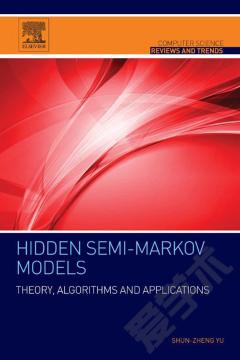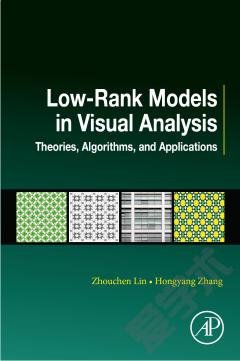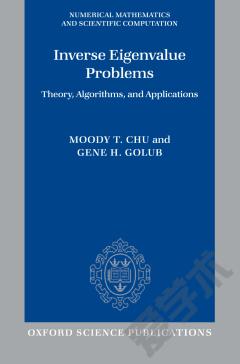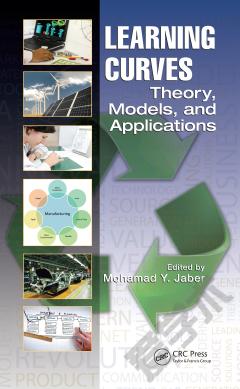Hidden Semi-Markov Models —— Theory, Algorithms and Applications
----- 隐半马尔可夫模型:理论,算法和应用
Hidden semi-Markov models (HSMMs) are among the most important models in the area of artificial intelligence / machine learning. Since the first HSMM was introduced in 1980 for machine recognition of speech, three other HSMMs have been proposed, with various definitions of duration and observation distributions. Those models have different expressions, algorithms, computational complexities, and applicable areas, without explicitly interchangeable forms. Hidden Semi-Markov Models: Theory, Algorithms and Applications provides a unified and foundational approach to HSMMs, including various HSMMs (such as the explicit duration, variable transition, and residential time of HSMMs), inference and estimation algorithms, implementation methods and application instances. Learn new developments and state-of-the-art emerging topics as they relate to HSMMs, presented with examples drawn from medicine, engineering and computer science.Discusses the latest developments and emerging topics in the field of HSMMsIncludes a description of applications in various areas including, Human Activity Recognition, Handwriting Recognition, Network Traffic Characterization and Anomaly Detection, and Functional MRI Brain Mapping.Shows how to master the basic techniques needed for using HSMMs and how to apply them.
{{comment.content}}








 京公网安备 11010802027623号
京公网安备 11010802027623号